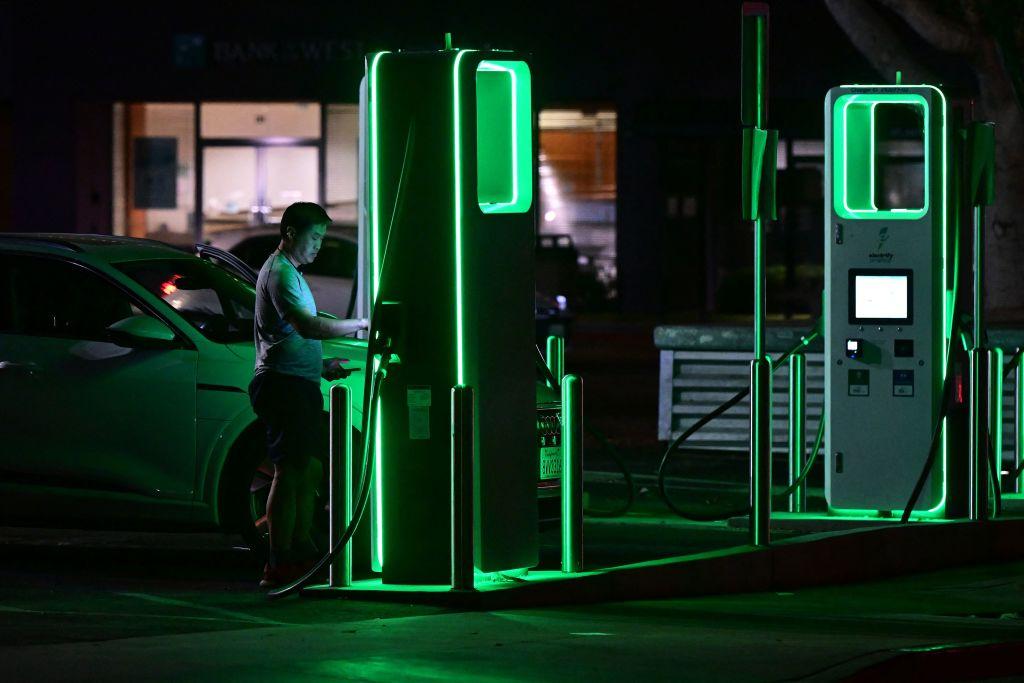Commentary
The climate alarmists who have tried to foist electric cars and renewable energy on consumers have endured a number of setbacks in 2023. There are likely more to come.

The climate alarmists who have tried to foist electric cars and renewable energy on consumers have endured a number of setbacks in 2023. There are likely more to come.